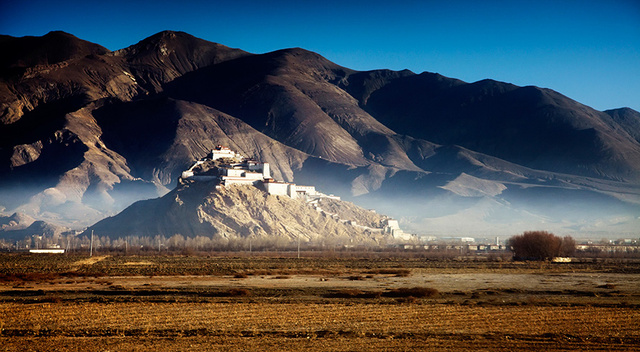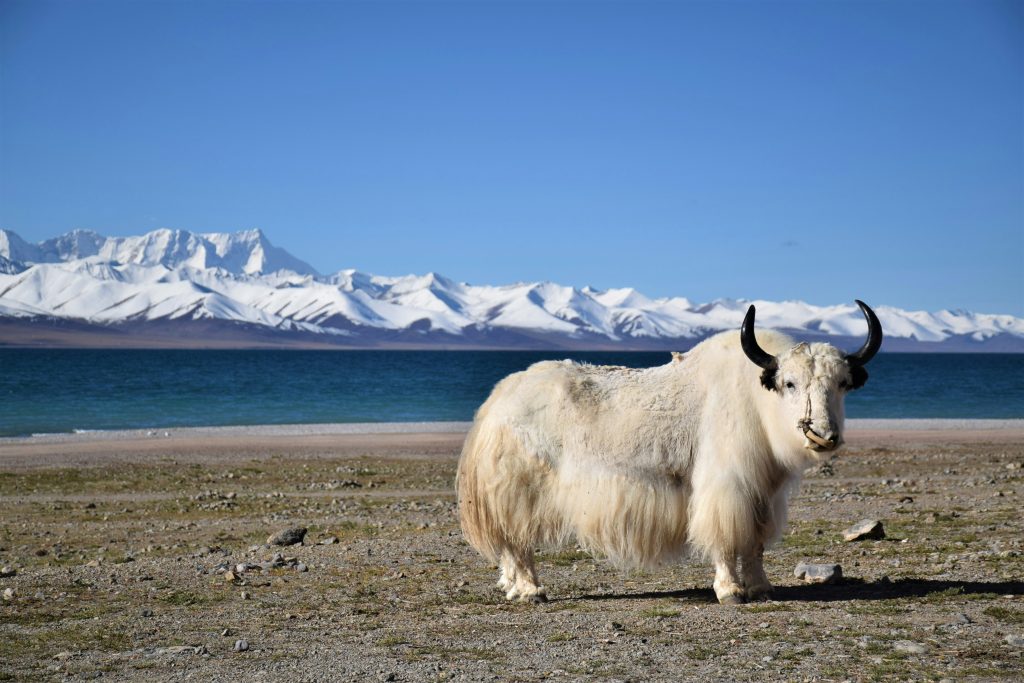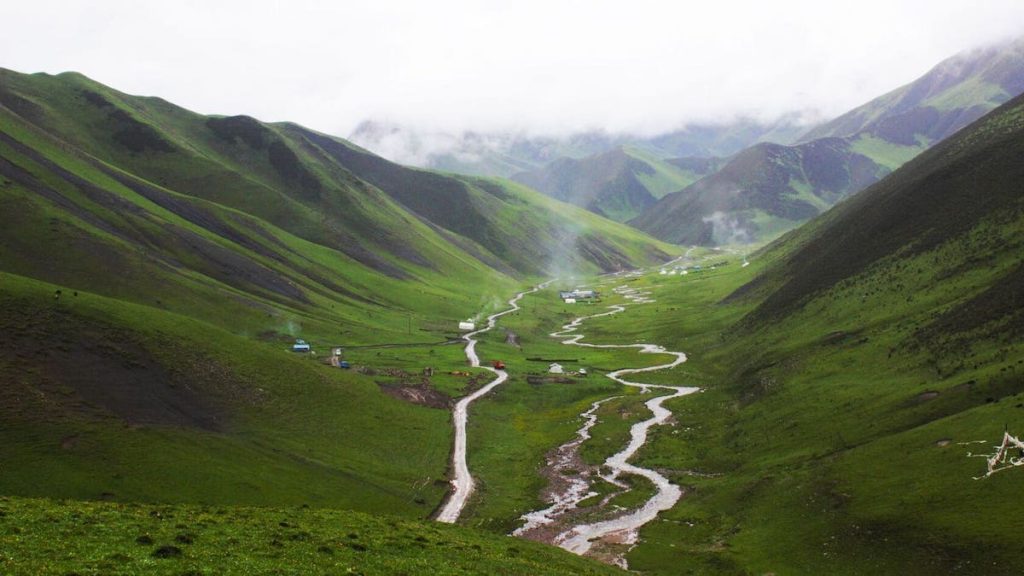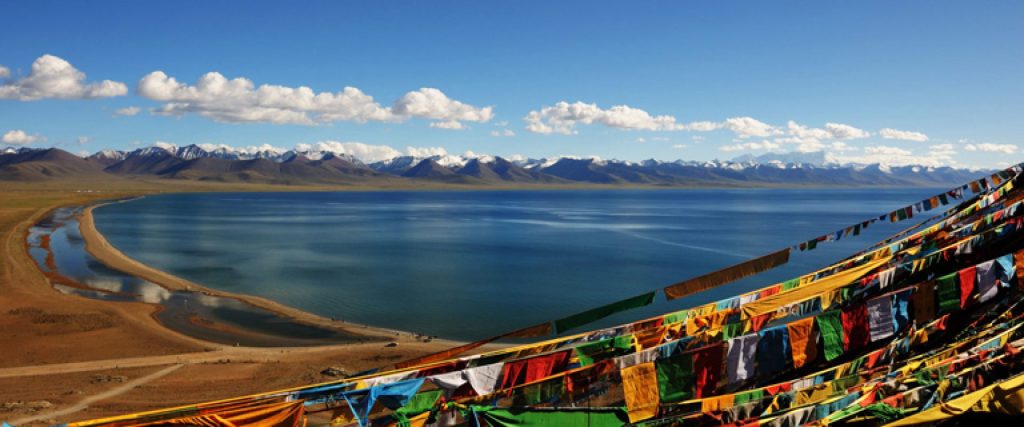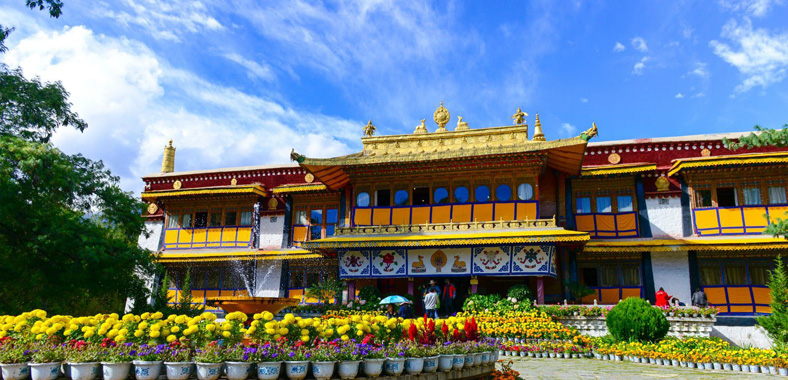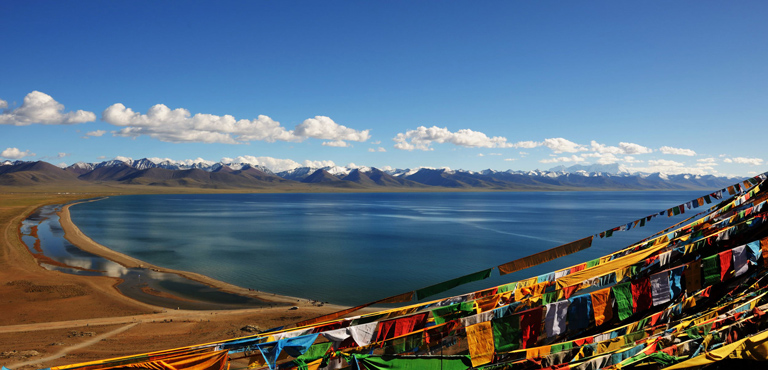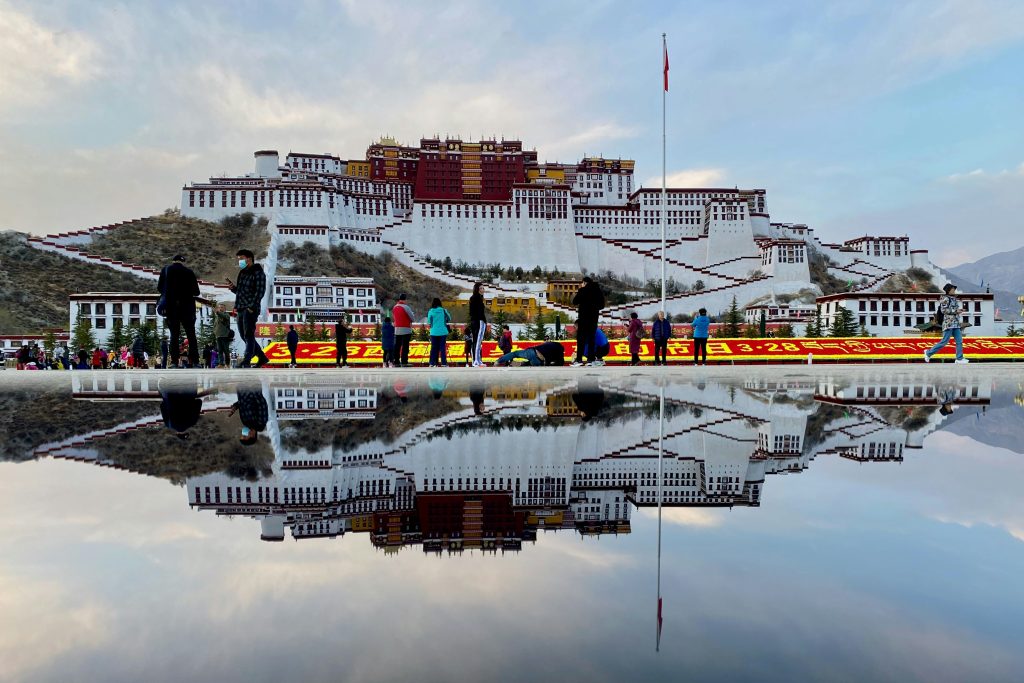Sera Monastery
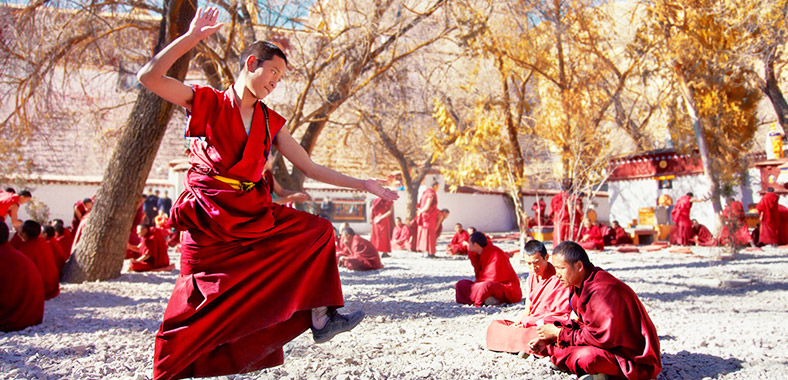
Brief Introduction of Sera Monastery
Sera Monastery is one of the “Six Main Monasteries of Gelug Sect of Tibetan Buddhism” in China. And also, it enjoys the honor of the “Three Great Monasteries in Lhasa” together with the famous Drepung Monastery as well as Ganden Monastery. Situated at the northern suburb of Lhasa, and with flourish wild rose growing, about 3700m above the sea, this monastery got her name of Sera, which means wild rose. Sera Monastery is called Sera Mahayana Buddhist Monastery in full. Visiting the sacred Sera Monastery, you can see the local monks debating about Buddhist knowledge, appreciate special buildings of Gelug characteristic, enjoy historic relics for over hundreds of years, and get close to the special festivals, etc.
In 1419, a disciple of Tsongkhapa called SakyaYeshe founded Sera Monastery and completed in 1434. From then, 3 dratsangs and Kangtsangs stand there in featured style of Gelug Sect and serve as the places for monks learning Buddhist culture. And according to the history, there were more than 8000 people there seeking for the holy Buddhism.
What to See & Experience in Sera Monastery
See Heated Buddhism Debate
The Buddhism debate in Sera Monastery is the “must-see” highlight of this place. And Buddhism debate is a good way for monks to learn the Buddhist knowledge through fierce debate.
Many monks usually gather here in the debate courtyard in the most north of Sera Monastery and wait for the start. You can see one monk sitting there in front of a standing monk who debates in intense words and exaggerated gestures to strengthen the debating heat, and an advanced monk usually has two to several monks of equal level sitting in front. The standing monk comes up with questions, and the sitting one has to answer immediately and cannot ask questions. Till he cannot answer the Buddhist questions, he is announced to be failed on the debate that day. On the next day, they change their “role” and have another fierce debate.
During the debate, the standing monk uses different exaggerated gestures to enhance his power and distract the attention of the answer. A clap of hands means urging for the answer from the other monk, and a pull of the Buddha Beads represents to defeat the other one with the help of the power from the Buddha. You will just find such debate very interesting and really worth to see.
Other Trips
These are other trips.
- Jan
- Feb
- Mar
- Apr
- May
- Jun
- Jul
- Aug
- Sep
- Oct
- Nov
- Dec

